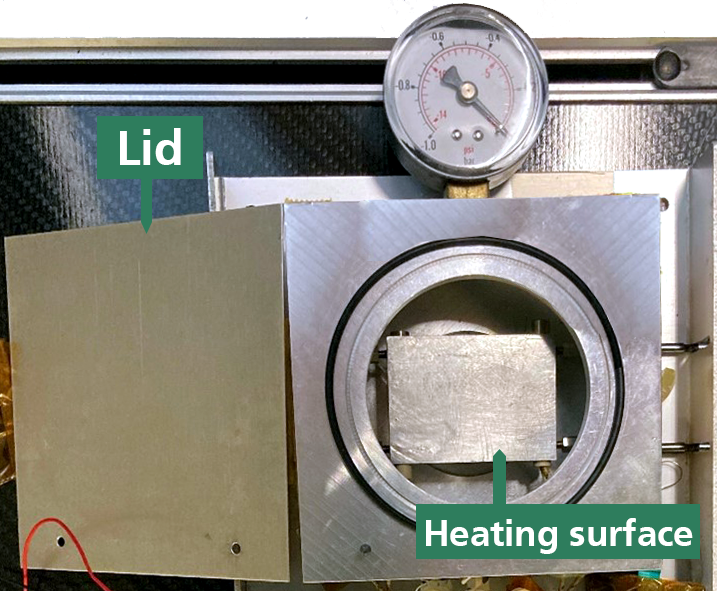Saskia Lange und Helge Schimanski
In-situ X-ray analysis during the soldering process
At Fraunhofer ISIT there is the possibility to observe a reflow soldering process in-situ in an X-ray facility in order to visualize the pore formation during a soldering process.
 Fraunhofer Institute for Silicon Technology
Fraunhofer Institute for Silicon Technology
